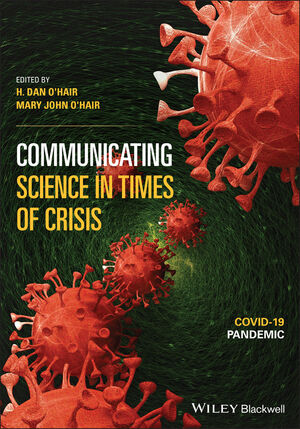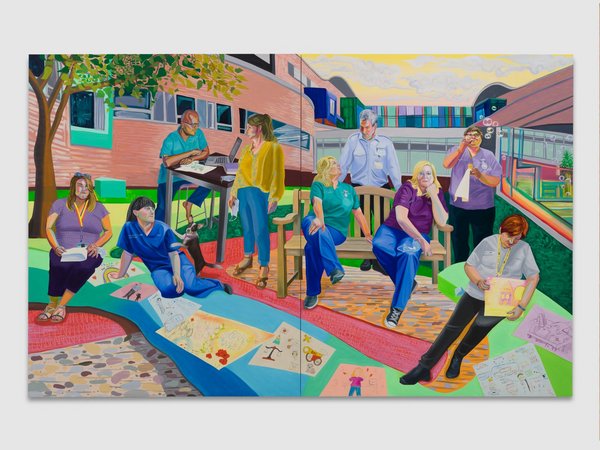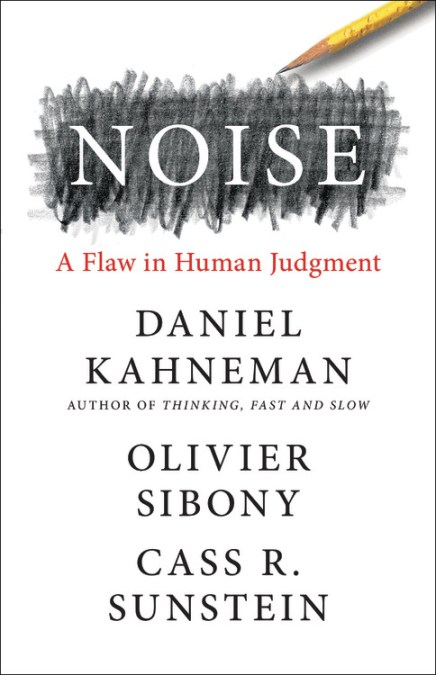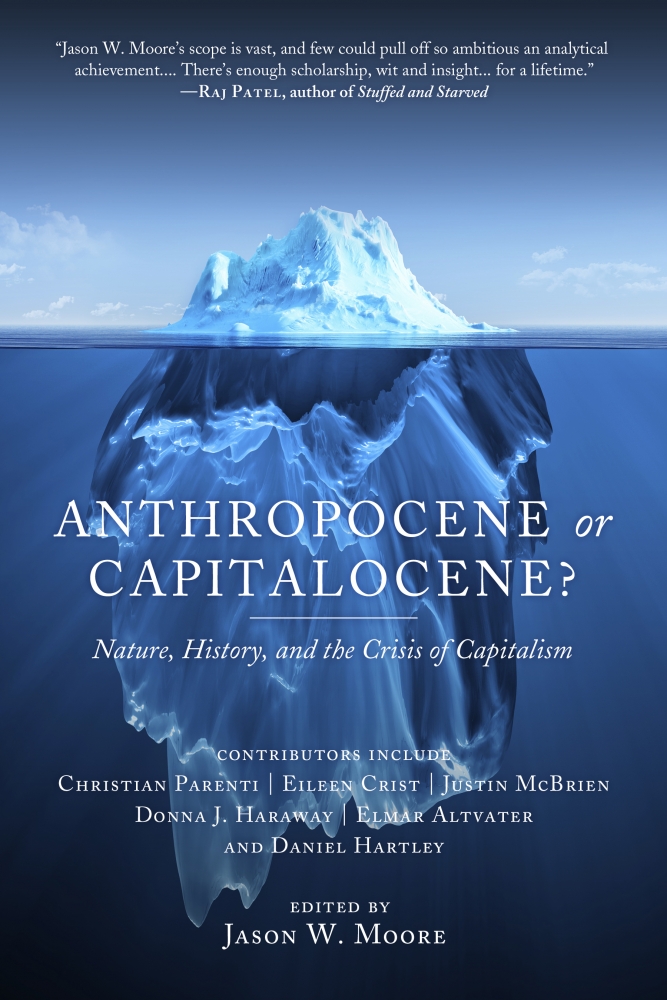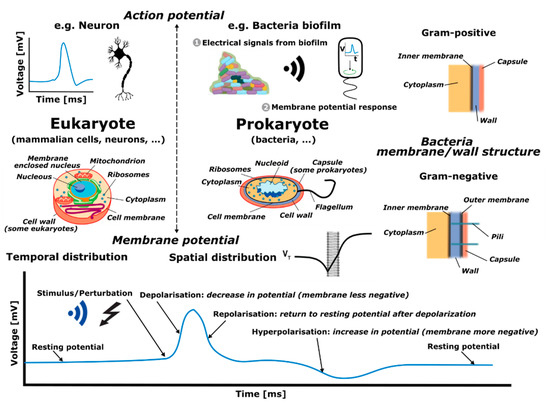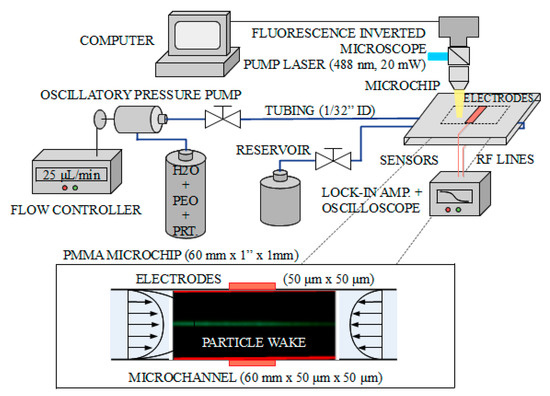15 de juny 2021
14 de juny 2021
11 de juny 2021
04 de juny 2021
Patients and AI
Artificial intelligence, bias, and patients’ perspectives
By Topol et al. in Lancet
By training algorithms to predict labels related to clinical outcomes, rather than doctors’ judgments, we can start to push forward a new kind of clinical science. For example, by grounding patient reports of pain in objective radiographic features, we might develop a more comprehensive understanding of what causes pain. By not being doctor-centric and incorporating the patient’s perspective, machine learning has added potential for unravelling important mysteries of medicine.
03 de juny 2021
Preventing alcohol abuse
Harmful alcohol consumption damages health, causes diseases and injuries, weakens response to COVID-19,and leads to significant economic and societal costs. Comprehensive policy packages built on a PPPP approach including Pricing policies, Policing to counter drink-driving, Primary care-based counselling for heavy drinkers, and regulating alcohol Promotion activities, improve health, and support a stronger economic and social recovery in the aftermath of thepandemic.
01 de juny 2021
AI in healthcare
Artificial Intelligence and Machine Learning in Healthcare
A useful guide about the current situation of AI in healthcare,
31 de maig 2021
Communication in pandemic times
Communicating Science in Times of Crisis. The COVID-19 Pandemic
TABLE OF CONTENTS
Part 1 Conceptualizing Communication Science and COVID-19 1
1. Managing Science Communication in a Pandemic 3
H. Dan O’Hair and Mary John O’Hair
2. Comprehending Covidiocy Communication: Dismisinformation, Conspiracy Theory, and Fake News 15
Brian H. Spitzberg
3. How Existential Anxiety Shapes Communication in Coping with the Coronavirus Pandemic: A Terror Management Theory Perspective 54
Claude H. Miller and Haijing Ma
Part 2 Promoting Health and Well-being 81
4. Communication and COVID-19: Challenges in Evidence-based Healthcare Design 83
Kevin Real, Kirk Hamilton, Terri Zborowsky, and Debbie Gregory
5. Identity and Information Overload: Examining the Impact of Health Messaging in Times of Crisis 110
Jessica Wendorf Muhamad and Patrick Merle
6. Social Media, Risk Perceptions Related to COVID-19, and Health Outcomes 128
Kevn B. Wright
7. Overcoming Obstacles to Collective Action by Communicating Compassion in Science 150
Erin B. Hester, Bobi Ivanov, and Kimberly A. Parker
8. Communicating the Science of COVID-19 to Children: Meet the Helpers 172
Jennifer Cook, Timothy L. Sellnow, Deanna D. Sellnow, Adam J. Parrish, and Rodrigo Soares
9. The Use of Telehealth in Behavioral Health and Educational Contexts During COVID-19 and Beyond 189
Alyssa Clements-Hickman, Jade Hollan, Christine Drew, Vanessa Hinton, and Robert J. Reese
Part 3 Advancing Models of Information and Media 215
10. Toward a New Model of Public Relations Crisis and Risk Communication Following Pandemics 217
Zifei Fay Chen, Zongchao Cathy Li, Yi Grace Ji, Don W. Stacks, and Bora Yook
11. Perspective Change in a Time of Crisis: The Emotion and Critical Reflection Model 242
Helen Lillie, Manusheela Pokharel, Mark J. Bergstrom, and Jakob D. Jensen
12. Social Media Surveillance and (Dis)Misinformation in the COVID-19 Pandemic 262
Brian H. Spitzberg, Ming-Hsiang Tsou, and Mark Gawron
13. Science Communication and Inoculation: Mitigating the Effects of the Coronavirus Outbreak 302
Bobi Ivanov and Kimberly A. Parker
Part 4 Examining Policy and Leadership 321
14. Communicating with Policymakers in a Pandemic 323
Michael T. Childress and Michael W. Clark
15. Equally Unpleasant Choices: Observations on School Leadership in a Time of Crisis 338
Justin M. Bathon and Lu S. Young
16. Controlling the Narrative: Mixed Messages and Presidential Credibility 358
Robert S. Littlefield
17. Communicating Death and Dying in the COVID-19 Pandemic 375
William Nowling and Matthew W. Seeger
28 de maig 2021
Medical practice variation in oncology
Atlas de variaciones en cirugía oncológica.
Why there is still so much variation in medical practice?
Some details inside this atlas.
27 de maig 2021
The Silent Evolution in EU Health Law and Policy
EU Health Law & Policy. The Expansion of EU Power in Public Health and Health Care
This book describes the expansion of EU power in health care and public health and analyses the implications of this expansion on EU health values and rights. The main conclusion of the book is that the EU is de facto balancing fundamental rights and values relating to health, implicitly taking on obligations for safeguarding fundamental rights in the field of health and affecting individuals’ rights sometimes without an explicit legal competence to do so.
21 de maig 2021
Biases and noise, two kinds of error
Noise, a flaw in human judgement
A new book by Daniel Kahneman, Olivier Sibony, and Cass R. Sunstein
A general property of noise is that you can recognize and measure it while knowing nothing about the target or bias. The general property of noise is essential for our purposes in this book, because many of our conclusions are drawn from judgments whose true answer is unknown or even unknowable. When physicians offer different diagnoses for the same patient, we can study their disagreement without knowing what ails the patient. When film executives estimate the market for a movie, we can study the variability of their answers without knowing how much the film eventually made or even if it was produced at all. We don’t need to know who is right to measure how much the judgments of the same case vary. All we have to do to measure noise is look at the back of the target.
To understand error in judgment, we must understand both bias and noise. Sometimes, as we will see, noise is the more important problem. But in public conversations about human error and in organizations all over the world, noise is rarely recognized. Bias is the star of the show. Noise is a bit player, usually offstage. The topic of bias has been discussed in thousands of scientific articles and dozens of popular books, few of which even mention the issue of noise. This book is our attempt to redress the balance.
20 de maig 2021
Anthropocene, green arithmetic and capitalocene
Anthropocene or Capitalocene? Nature, History, and the Crisis of Capitalism
Formulated by Paul Crutzen and Eugene Stoermer in 2000, the Anthropocene concept proceeds from an eminently reasonable position: the biosphere and geological time has been fundamentally transformed by human activity. A new conceptualization of geological time—one that includes “mankind” as a “major geological force”—is necessary. This was a surely a courageous proposal. For to propose humanity as a geological agent is to transgress one of modernity’s fundamental intellectual boundaries. Scholars call this the “Two Cultures,” of the “natural” and “human” sciences (Snow 1957). At its best, the Anthropocene concept entwines human history and natural history—even if the “why” and the “how” remain unclear, and hotly debated.
Green Arithmetic. It is a curious term, but I can think none better to describe the basic procedure of environmental studies over the past few decades: Society plus Nature = History. Today it is Humanity, or Society, or Capitalism plus Nature = Catastrophe. I do not wish to disparage this model. It has been a powerful one. It has provided the philosophical basis for studies that have delivered a wealth of knowledge about environmental change. These studies, in turn, have allowed a deeper understanding of the what of the biosphere’s unfolding “state shift.” But they have not facilitated—indeed they have stymied—our understanding of how the present crisis will unfold in a world-system that is a world-ecology, joining power, nature, and accumulation in a dialectical and unstable unity.
The Capitalocene. As I think the contributions to this volume clarify, the Capitalocene does not stand for capitalism as an economic and social system. It is not a radical inflection of Green Arithmetic. Rather, the Capitalocene signifies capitalism as a way of organizing nature—as a multispecies, situated, capitalist world-ecology. I will try to use the word sparingly. There have been many other wordplays—Anthrobscene (Parikka 2014), econocene (Norgaard 2013), technocene (Hornborg 2015), misanthropocene (Patel 2013), and perhaps most delightfully, manthropocene (Raworth 2014). All are useful. But none captures the basic historical pattern modern of world history as the “Age of Capital”—and the era of capitalism as a world-ecology of power, capital, and nature.
19 de maig 2021
Models for population health
The Roundtable on Population Health Improvement of the National Academies of Sciences, Engineering, and Medicine hosted a public workshop on September 19, 2019 titled Models for Population Health Improvement by Health Care Systems and Partners: Tensions and Promise on the Path Upstream. The term upstream refers to the higher levels of action to improve health. Medical services act downstream (i.e., at the patient level) in improving population health, while such activities as screening and referring to social and human services (e.g., for housing, food assistance) are situated midstream, and the work of changing laws, policies, and regulations (e.g., toward affordable housing, expanding healthy food access) to improve the community conditions for health represents upstream action.
The workshop explored the growing attention on population health, from health care delivery and health insurance organizations to the social determinants of health and their individual-level manifestation as health-related social needs, such as patients' needs. The workshop showcased collaborative population health improvement efforts, each of which included one or more health systems. This publication summarizes the presentations and discussions from the workshop.
18 de maig 2021
A quantum leap on microfluidics for in vitro diagnostics
On the Wireless Microwave Sensing of Bacterial Membrane Potential in Microfluidic-Actuated Platforms
You may remember my posts on Theranos, the company that wanted to solve in vitro diagnostics (IVD) with a drop of blood. The underlying technology was microfluidics, however at that stage was inmature, and finally Theranos was a massive fraud and Elizabeth Holmes is right now on trial.
Now you can read an interesting article in Sensors journal that tries to combine microfluidics and wireless technologies for detecting bacteria. Microfluidics is defined as the manipulation of a fluid in micrometer-sized structures or channels. In such microchannels, the behavior of a liquid is significantly different than at the macroscale. Surface effects and viscosity start to dominate and flows such as laminar flows are more predictable.
If this procedure finally works in practice, it would represent a quantum leap on In Vitro Diagnostics. Time will tell us if this is so.
17 de maig 2021
Outperforming CRISPR?
High-throughput functional variant screens via in vivo production of single-stranded DNA
A new technoique overcomes existing limitations of CRISPR:
Unlike existing techniques depending on CRISPR-Cas–directed genomic breaks for genome editing, this strategy instead uses single-stranded DNA produced by a retron element for recombineering. This enables libraries of millions of elements to be constructed and offers relaxed design constraints which permit natural DNA or random variation to be used as inputs.
A group of researchers created what they call the "Retron Library Recombineering" (RLR) technique, which could allow scientists to run millions of genetic experiments at the same time. This tool, described in a recent paper in PNAS, employs retrons, which are bacterial DNA segments that undergo reverse transcription to generate single-stranded DNA fragments (ssDNA). RLR produces up to millions of mutations concurrently in bacterial cells and "barcodes" mutant cells, enabling the whole pool to be screened at once. This way large quantities of data can be quickly produced and analyzed.






